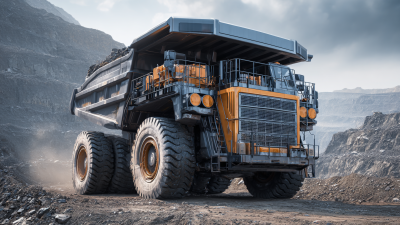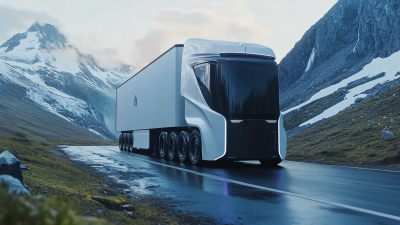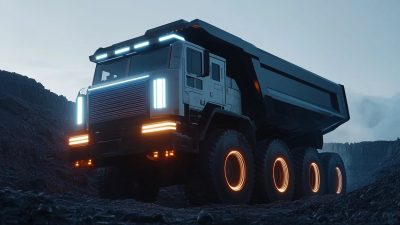The mining industry is undergoing a seismic shift towards sustainability, with Electric Vehicle (EV) Mining Trucks at the forefront of this revolution. According to a recent report by McKinsey & Company, transitioning to electric heavy-duty vehicles in mining could lead to a reduction of carbon emissions by up to 90% over conventional diesel trucks, a significant step towards meeting global climate targets. Additionally, the International Energy Agency (IEA) predicts that the demand for minerals is expected to surge by over 40% by 2040, necessitating more sustainable practices in resource extraction.
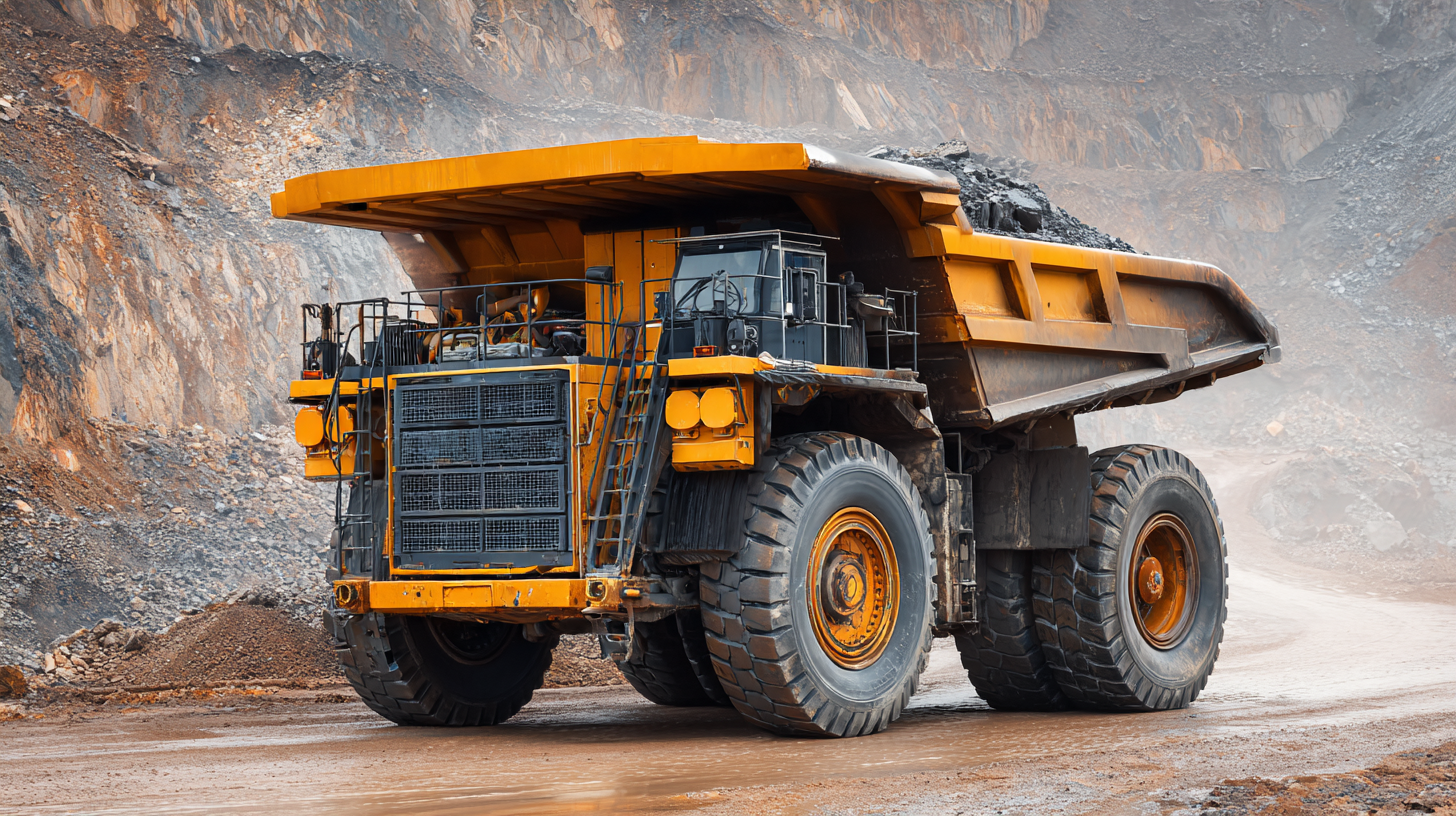
The integration of EV Mining Trucks not only addresses the urgent need for greener operations but also enhances the economic efficiency of mining operations, potentially saving billions in fuel costs and reducing maintenance expenses. As the industry embraces innovation, EV Mining Trucks are positioned as a key player in sustainable resource extraction, paving the way for a cleaner and more responsible future in mining.
The demand for metals and minerals continues to surge, driven by industries and nations pivoting towards clean energy solutions. As a result, the need for rare earth minerals and metals, such as copper, lithium, nickel, cobalt, and rare earth elements, is unprecedented. By 2030, the global market for mining lubricants is projected to grow from $2.88 billion in 2023 to $3.94 billion, reflecting a compound annual growth rate of 4.6%. This increase is indicative of the broader trends within the mining sector, which is increasingly focusing on sustainable practices.
Traditional mining practices have often been criticized for their environmental impacts, such as habitat destruction and pollution. However, innovations like bioremediation and artificial intelligence are helping to reshape the mining landscape. Recently, advances in sustainable extraction methods have emerged, including the use of algae to harvest rare earth elements. With companies like KoBold Metals raising $537 million to leverage AI in mineral exploration, there's a clear shift towards minimizing the ecological footprint while unlocking substantial resource wealth. This transformation not only highlights the changing mining dynamic but also emphasizes the importance of sustainable resource extraction in addressing the pressing environmental challenges we face today.
Electric vehicle (EV) mining trucks are transforming the landscape of resource extraction by providing a cleaner and more efficient alternative to traditional diesel-powered vehicles. One of the primary advantages of these electric trucks is their significantly reduced carbon footprint. By eliminating fossil fuel consumption, EV trucks contribute to lower greenhouse gas emissions, making mining operations more environmentally friendly. This aligns with global efforts to combat climate change and promote sustainable practices within the industry.
In addition to environmental benefits, electric mining trucks offer enhanced operational efficiency. With advancements in battery technology, these trucks can achieve longer ranges and faster charging times, making them suitable for the demands of mining operations. Their quieter operation also reduces noise pollution and improves safety for workers and wildlife in the vicinity. Furthermore, the lower maintenance needs of electric vehicles, due to fewer moving parts, can lead to cost savings and increased uptime on the job site, ultimately enhancing productivity in the mining sector. As the industry continues to explore innovative solutions, EV mining trucks stand out as a pivotal advancement towards sustainable resource extraction.
| Feature | Electric Mining Truck | Traditional Diesel Truck |
|---|---|---|
| Average Emissions (CO2) | 0 g/km | 85 g/km |
| Energy Efficiency | 85% | 40% |
| Operational Cost per Hour | $15 | $35 |
| Battery Range | 300 km | N/A |
| Maintenance Frequency | Low | High |
| Noise Level | Low (70 dB) | High (80 dB) |
| Charging Time | 2 hours | N/A |
| Lifespan | 15-20 Years | 10-15 Years |
The integration of electric vehicle (EV) technology into mining operations marks a significant leap toward sustainable resource extraction. Traditional mining vehicles contribute substantially to greenhouse gas emissions and environmental degradation. By transitioning to EV mining trucks, companies can reduce their carbon footprint while also improving operational efficiency. These trucks are designed to handle diverse terrains and heavy loads, making them ideal for the challenging environments typical in mining operations. Enhanced battery technology not only provides a longer range but also supports rapid charging solutions, ensuring that productivity is maintained while minimizing downtime.
Moreover, the shift to EV technology in mining operations can lead to considerable cost savings. Electric trucks typically have lower maintenance costs compared to their diesel counterparts, thanks to fewer moving parts and reduced wear and tear. Additionally, many mining sites are located in remote areas where charging infrastructure can be a challenge. Through innovative solutions, such as mobile charging stations or renewable energy sources like solar panels, the deployment of EV mining trucks can be optimized. This transformation not only supports the industry's push toward sustainability but also aligns with global initiatives aimed at combating climate change, making the case for EV technology a win-win for both businesses and the environment.
Transitioning to sustainable mining practices with electric vehicles (EVs) is a crucial step towards minimizing the environmental impact of resource extraction. The increasing adoption of battery electric vehicles (BEVs) in underground mining demonstrates a shift that not only reduces greenhouse gas emissions but also addresses safety concerns associated with traditional fossil fuel-powered machinery. Recent studies reveal that while BEVs significantly lower emissions, managing associated fire incidents remains a critical aspect that mining companies must prioritize.
Sustainable mining is further underscored by the advancements in lithium and cobalt extraction, as these minerals are essential for powering the next generation of energy-efficient technologies. Companies are focusing on ethical sourcing and implementing best practices that prioritize low-impact methods. As the global demand for rare earth elements surges due to the energy transition, the mining sector has the opportunity to embrace responsible resource use by adopting circularity and innovative extraction techniques that respect both environmental and social parameters. By adopting these strategies, the mining industry can not only contribute to a greener future but also enhance its competitiveness in an increasingly eco-conscious marketplace.
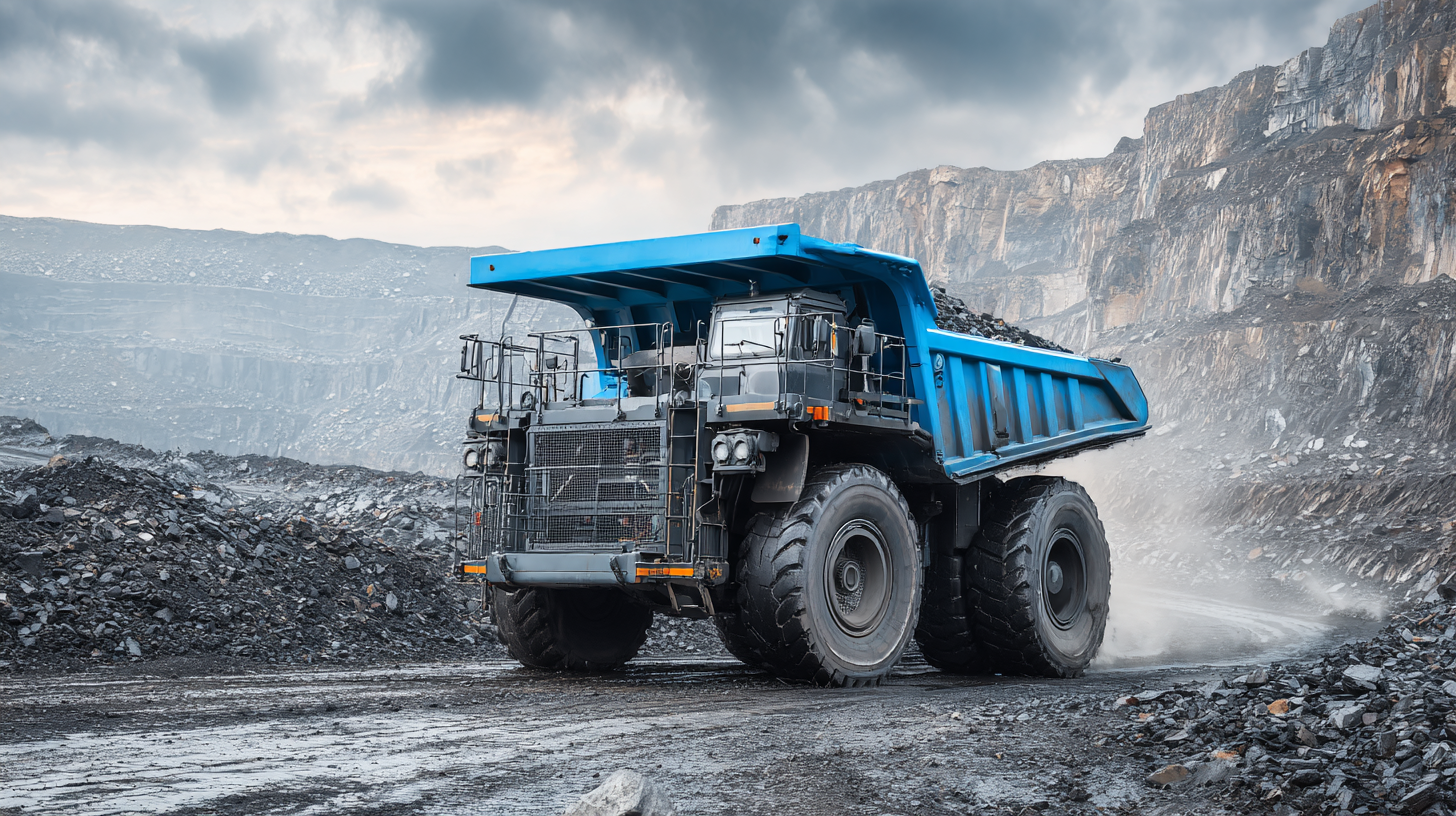
The mining industry is undergoing a pivotal transformation with the introduction of electric vehicles (EVs), particularly in the form of EV mining trucks. Recent trends indicate that from 2024 to 2044, the adoption of electric mining vehicles will surge, driven by technologies that promise to enhance operational efficiency while significantly reducing emissions. Reports highlight that the electric vehicle market is anticipated to play a critical role in addressing the urgent demand for sustainable resource extraction methods, especially as global industries pivot towards more environmentally friendly practices.

Case studies have demonstrated the successful adoption of EV mining trucks across various projects. For instance, with copper remaining a fundamental metal for electrical applications, integrating electric vehicles has proven economically viable. In addition, a comprehensive review shows that the electrification of mines not only reduces operational costs but also improves worker safety by minimizing exposure to harmful emissions and noise. As the trend towards battery-electric mining equipment gains momentum, the report indicates that the mining sector is set to lead in technological innovations that foster sustainable practices, ensuring a stable and responsible supply chain for critical minerals in the coming years.
